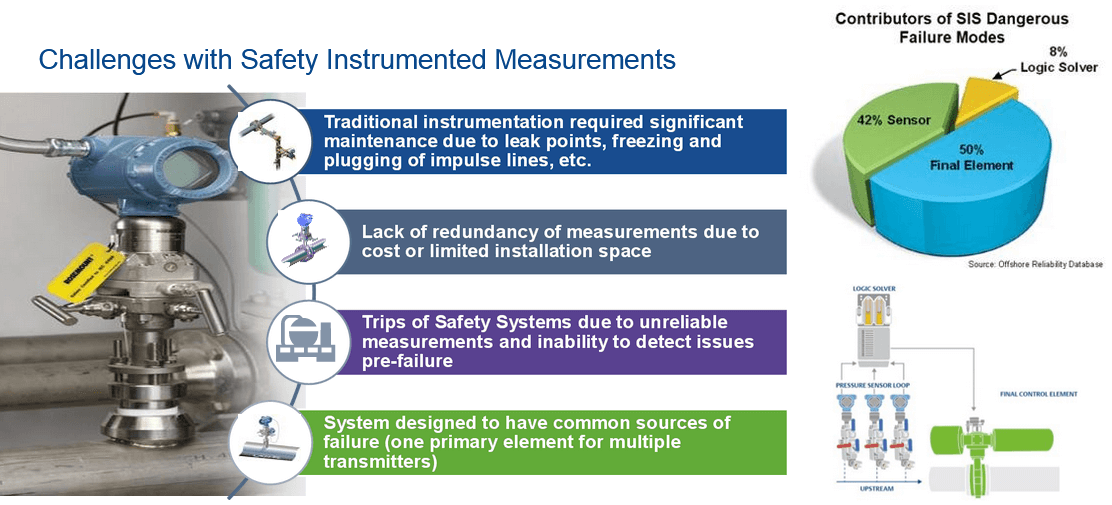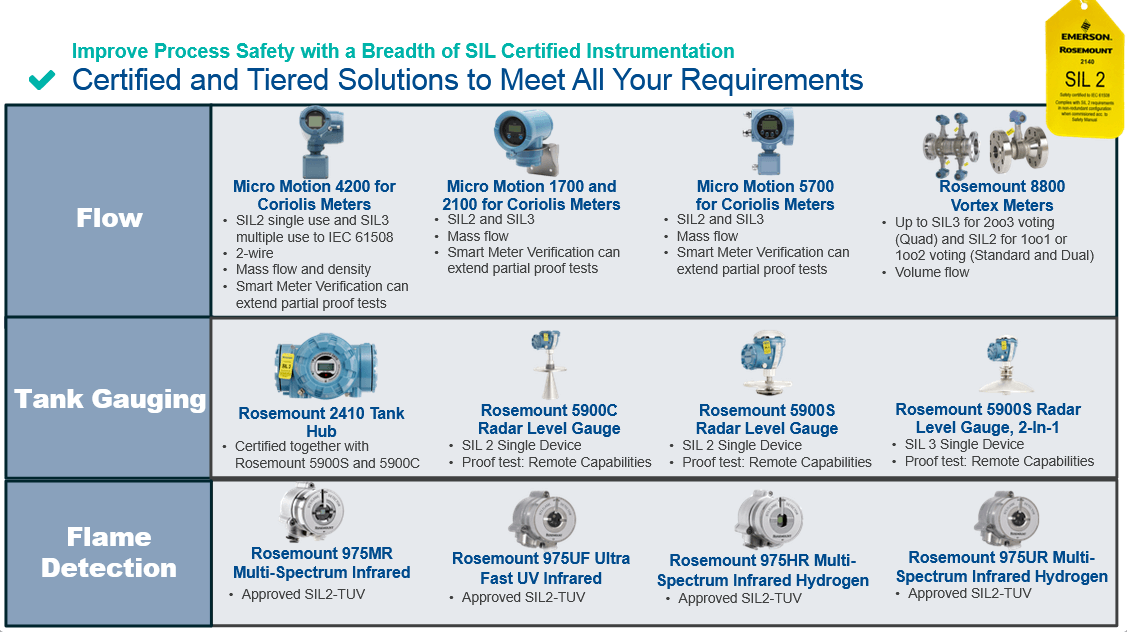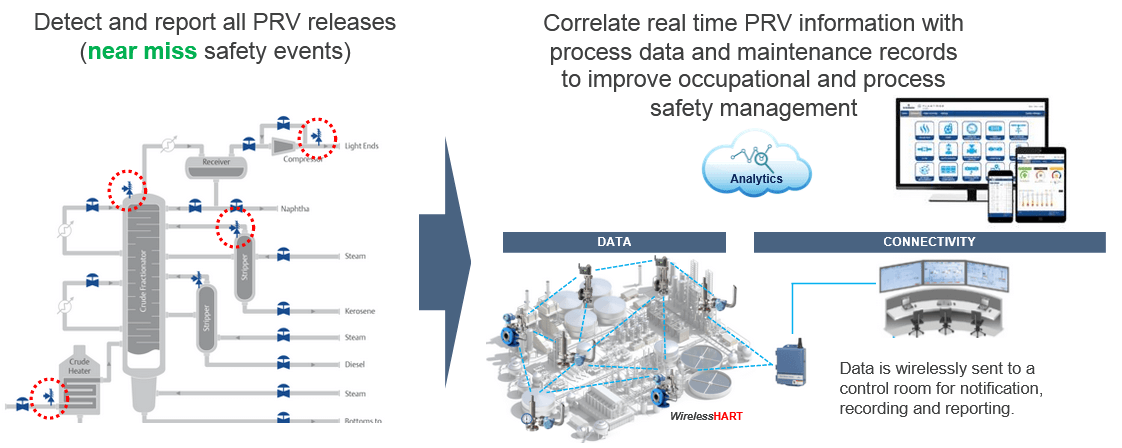Safety—both personnel and process safety—are always top concerns for manufacturers and producers. At the Emerson Exchange Americas Virtual Series, Emerson’s Ed Schodowski, Meha Jha, Mike Hoyme and Marcelo Dultra shared a panel to discuss innovations in personnel and process safety for refiners and chemical producers. Here is their session’s abstract:
Process Safety systems are complex combinations of measurement, interlocks and actuation technologies that prevents fires, explosions and releases. Safety First: An overview of Process Safety Trends, Regulations and How They Affect You.
- SIS Measurements–Improved technologies improve the integrity of SIS field inputs.
- Digital Isolation Technologies (ESD Valves)–Designing and proof testing critical safety valves to improve reliability and safety functions.
- PRV Optimization & Monitoring–Real Time PRV Monitoring, RFID Asset Tracking, and Analytics can mitigate safety risk caused by undetected releases.
Ed opened introducing the panel and these topics and pointing to more information at Emerson.com/RefiningSafety. Safety incidents can impact personnel safety, the surrounding community and environment, and the company’s reputation and financial performance.
He cited some OSHA statistics of causes of safety incidents. Top ones include equipment reliability, design, procedures, fixed equipment inspection, human factors and change management. Digitalization can help mitigate process safety risks in areas such as staff training, operating procedures, automated equipment maintenance and monitoring, alarm systems in basic process control systems, safety shutdown systems and pressure relief systems.
Meha discussed safety instrumented measurements. She shared challenges with these safety measurements.

Diagnostics within the devices improve availability by reducing the potential for false trips while providing process insights to detect process issues such as agitation loss, cavitation, distillation column flooding, entrained air, flame instability and process leak detection. They can detect the electrical integrity of control loops and provide data for event logging and process alerts.
Meha showed some of the breadth of safety-certified instruments.
Mike described digital isolation technologies using emergency shutdown (ESD) valves. He noted that 50& of SIS failures were with the final control element. Some issues come from oversized actuators, changes in process safety integrity levels (SILs), inadequate torque and misalignment issues.
Mike described SIS digital isolation solutions that met SIL 3 requirements, partial stroke testing with FIELDVUE DVC6200 digital valve controllers, and rigorous engineered and tested actuator mounting design and sizing tools
Partial stroke tests (PSTs) enable the intervals between full proof tests to be safely extended. No new bypasses are required. These PSTs help reduce lost production and extend proof test intervals and bridge the skills gap required to perform these tests.
Marcelo described pressure relief valves (PRVs) as the last line of defense to protect against overpressure conditions. They are simple by design and self-operated devices. They are normally disconnected from the control and safety systems. Typical maintenance is performed on 3-5 year cycles.
He noted that undetected and unreported relief events from PRVs often occur. The nozzle sealing surface can become damage by debris as the relief valve recloses creating leaks. He cited statistics that 20% of leaks occur below 50% of set pressure, 8% leak excessively and do not trigger. These create safety and emissions issues.
He shared how continuous monitoring can avoid these issues.
Data analytics from these sensors can help to manage and optimize maintenance activities. It also helps keep personnel out of hazardous areas inspecting PRVs that don’t need attention. One large U.S. petrochemical complex was able to reduce maintenance spend 50%, improve their spares management, and improve their emissions performance.
Visit the Reduce Refining Safety Risk section on Emerson.com for more ways to improve personnel and process safety performance.










